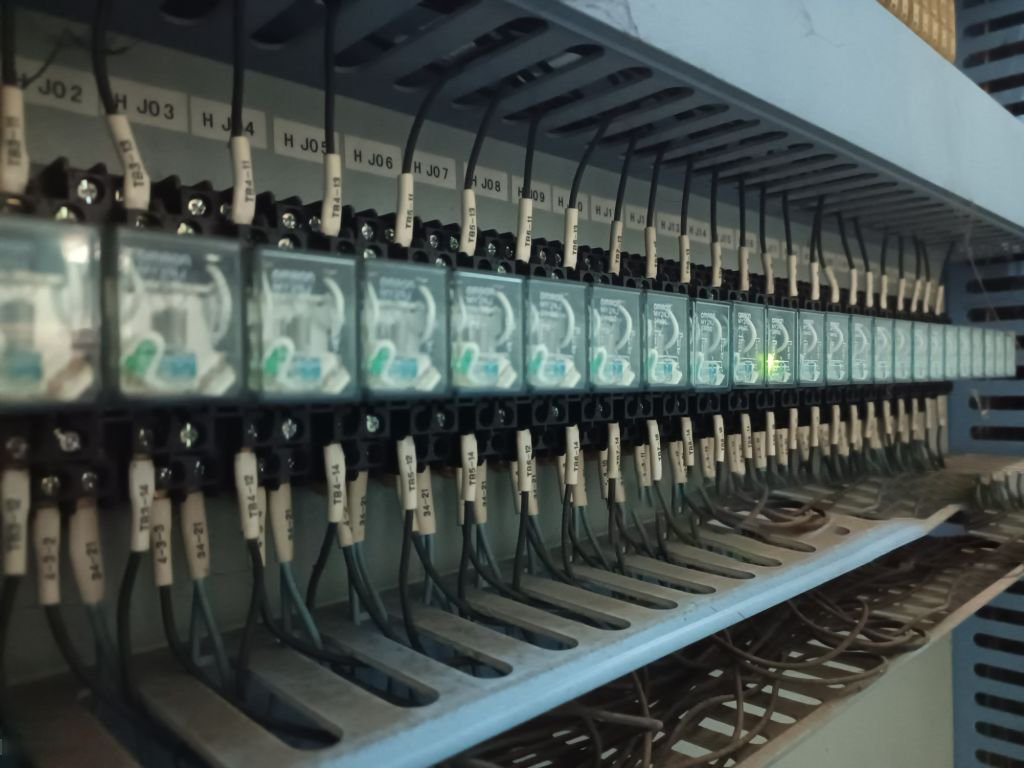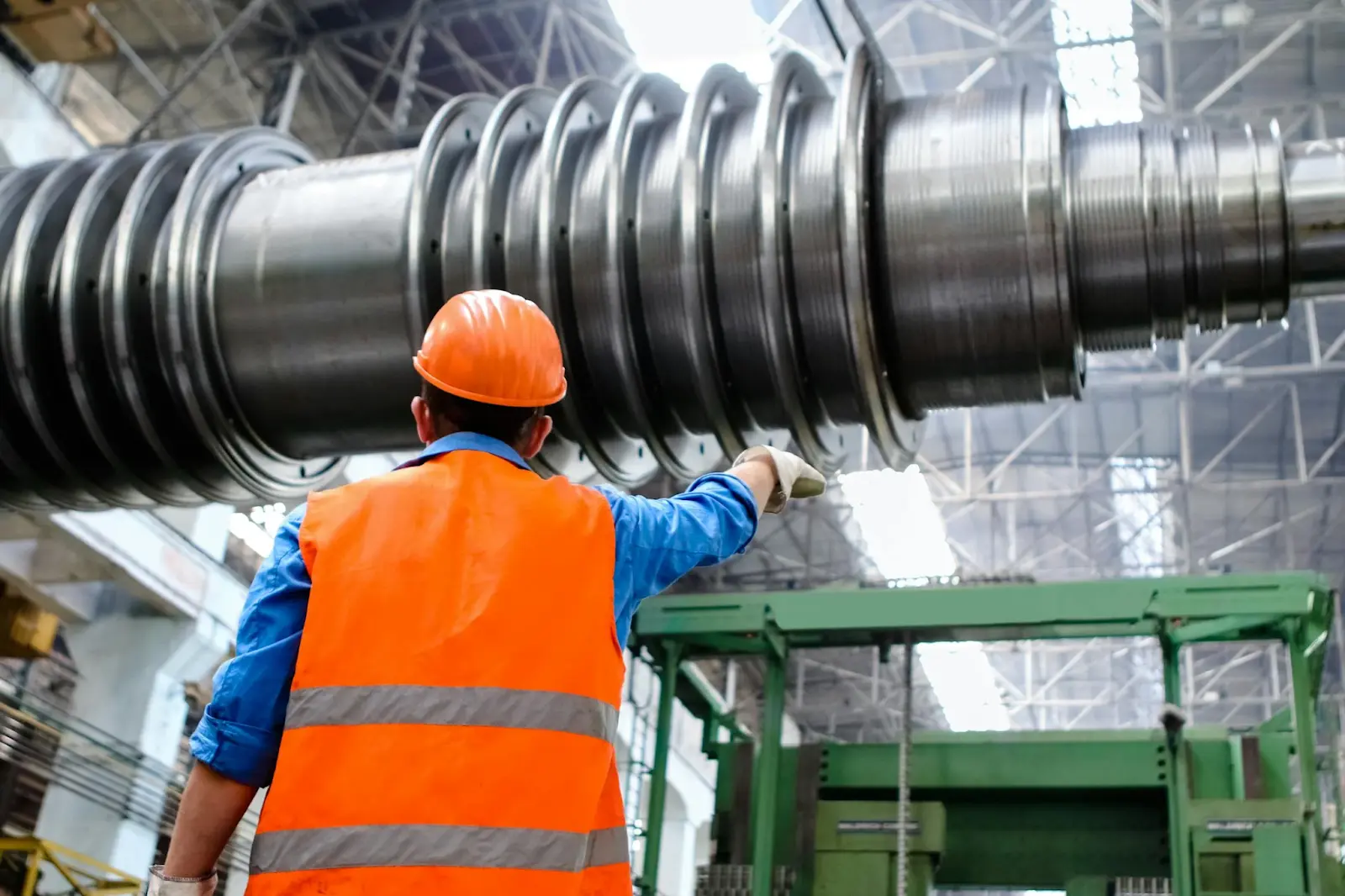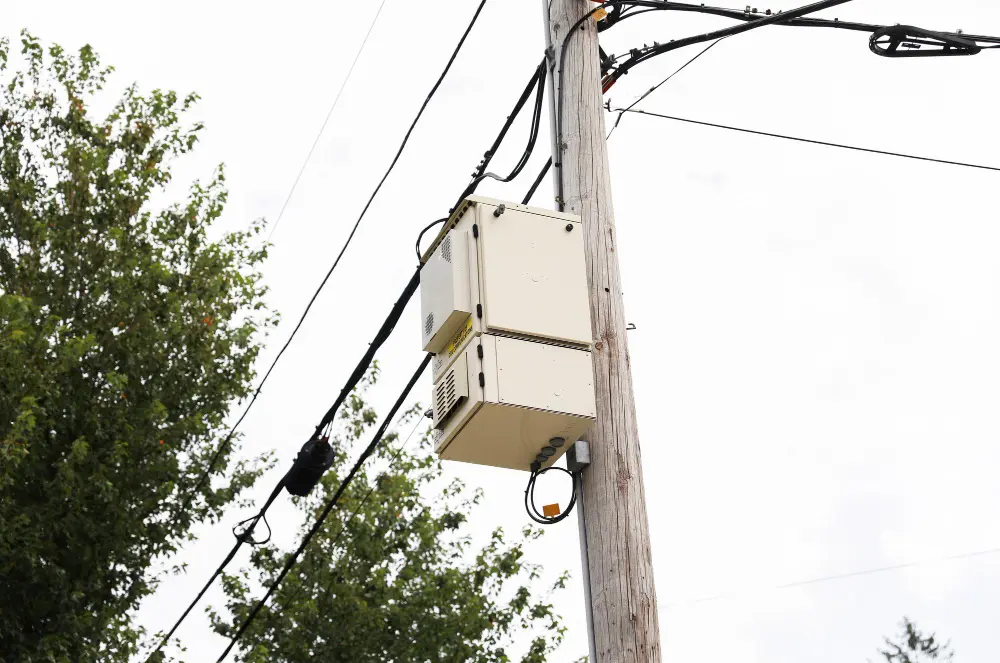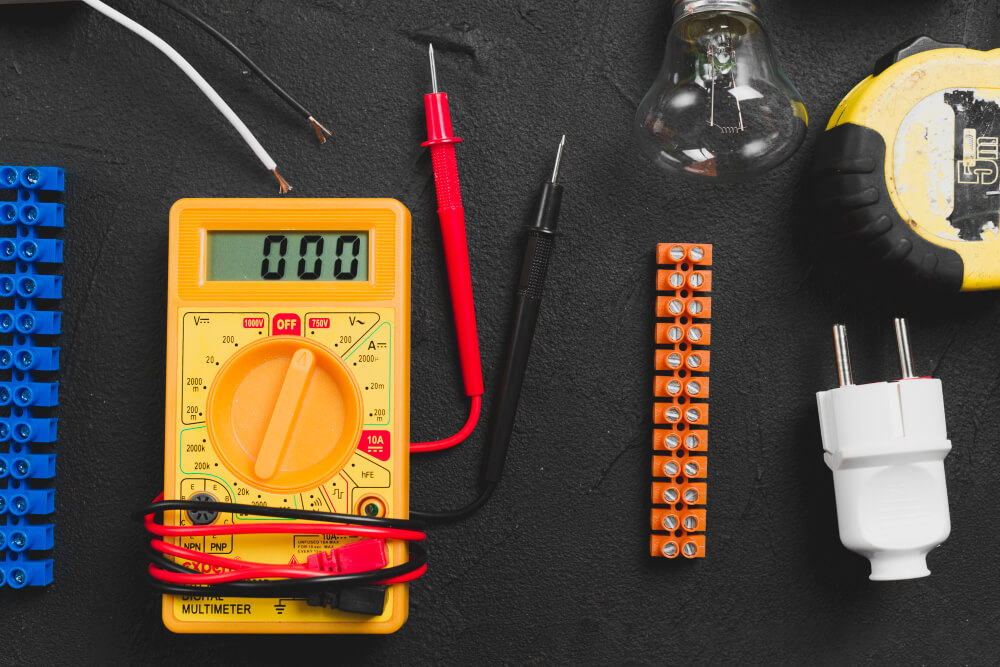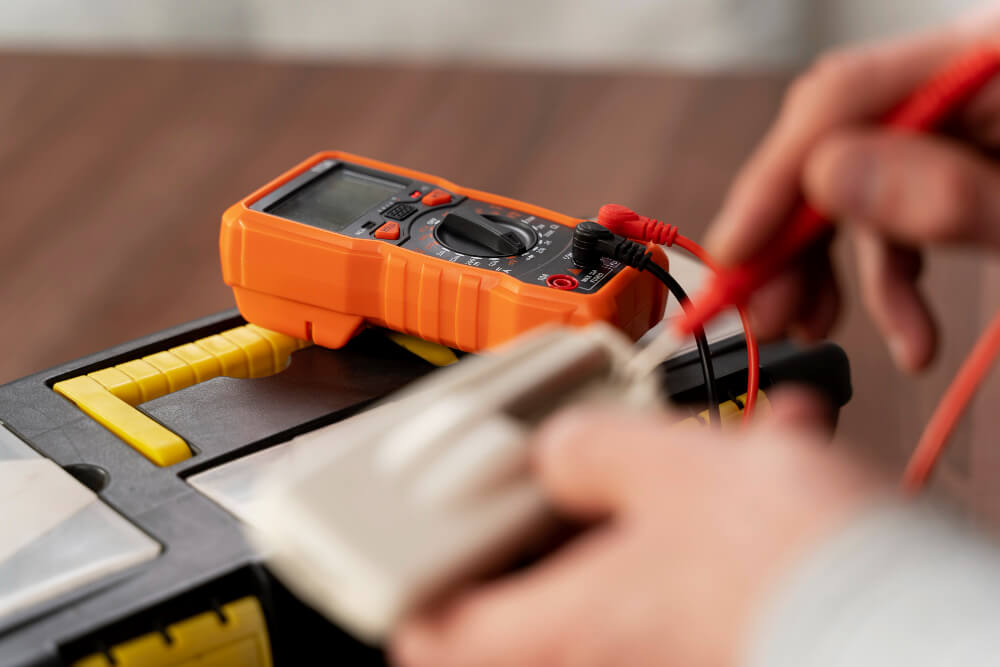Understanding Off-Delay Timer Relay
12th Nov 2024
Timer relays are essential devices in electrical systems, offering precise control over when circuits turn on or off. Among them, the off-delay timer relay plays a key role by keeping a circuit active for a set time after the power is turned off. This functionality makes it ideal for systems that require controlled shutdowns, ensuring safety and efficiency. Working Principle of an Off-Delay Timer Relay How does an off-delay timer relay work? The off-delay timer relay works by delaying the disconnection of a circuit. When you turn off the power, the relay keeps the circuit active for a programmed amount of time before shutting it off completely. This is why it’s called an “off-delay” relay. Here’s how it works step by step: Power On: When the power is switched on, the relay activates instantly, allowing electricity to flow. Power Off: When the power is turned off, the relay starts its timer instead of cutting the power immediately. Delay Period: During the delay period, the circuit remains active. Shut Off: After the delay time runs out, the circuit disconnects. This mechanism is useful in systems that need extra time to finish a task, like cooling down a motor or completing a process. Key Components of an Off-Delay Timer Relay Coil The coil is the part that creates a magnetic field to activate the relay. When the power is on, the coil energizes and allows the circuit to work. Timer Module This component controls the delay period. You can set the timer to delay the circuit shut-off […]
Read More : +86-139 0587 7291
: +86-139 0587 7291 English
English Español
Español Русский
Русский Français
Français العربية
العربية Português do Brasil
Português do Brasil Українська
Українська Türkçe
Türkçe Polski
Polski Nederlands
Nederlands Italiano
Italiano Bahasa Indonesia
Bahasa Indonesia हिन्दी
हिन्दी اردو
اردو አማርኛ
አማርኛ Հայերեն
Հայերեն ไทย
ไทย Монгол
Монгол فارسی
فارسی Shqip
Shqip Ελληνικά
Ελληνικά
